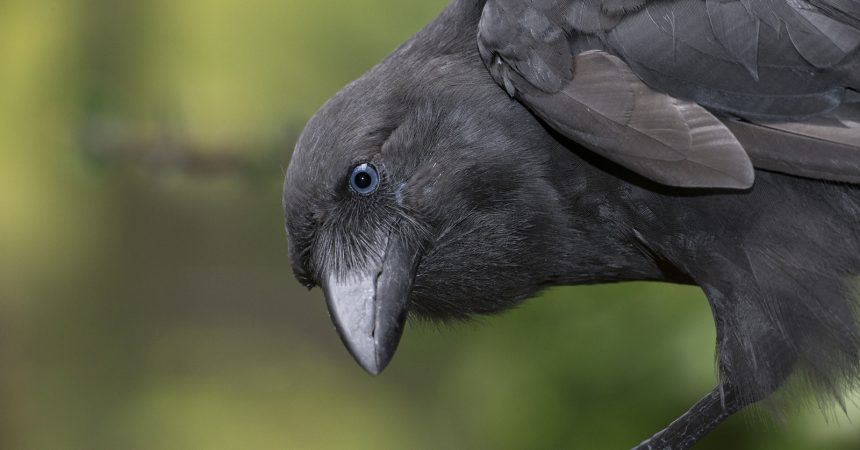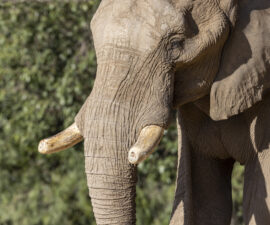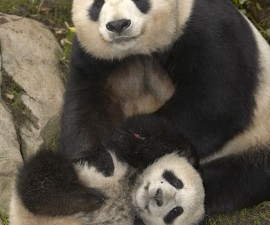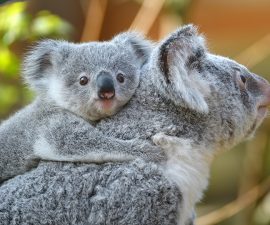The importance of wildlife and habitat conservation has never been more urgent. Ever-growing human populations, wildlife trafficking, poaching, and habitat loss all conspire to push countless species off the planet. Humans are the gravest threat to wildlife, but also hold the solutions to aid our reeling Earth. As a nation, and as a species on this planet, it is critical that we unite to work toward ending extinction. Every person, household, community, city, state, and country holds the power to make a positive difference in the world. Here at San Diego Zoo Global, we have made significant contributions to collaborative conservation through science-based lab work, boots-on-the-ground in situ projects, and bringing the wonder of wildlife to millions of visitors each year.
As individuals, we each have the power to do small acts to help Mother Earth. Common sense actions like using your own grocery bags, reusable water bottles, and coffee cups to reduce waste helps animals on land and water. We can help improve air quality by walking or riding a bike to do errands. Conserving water and electricity, both precious resources, is always helpful. Volunteer for beach cleanups or with another favorite organization—the planet will think you’re a rock star! Plant native trees (we need the shade) or flowering plants for pollinators. All of these micro gestures add up in favor of wildlife and cultivate a climate of compassion for the Earth. No need to wait for laws to change to do the right thing!
San Diego Zoo Global’s conservation efforts are grounded in collaborative, multidisciplinary science, and open to fresh ideas and solutions. Our organization has been committed to saving plants and animals since the 1970s, and, despite formidable obstacles, has helped many species thrive. Our passion for wildlife and commitment to conservation and inspiring others must deepen as we move forward. As 2016 winds down, it is a good time to take a deep breath, shake off the drama, and reflect on a few conservation victories:
* For the first time in over 15 years, the Hawaiian crow called the ‘alala will be flying free in a remote location in Hawaii. The San Diego Zoo Hawaiian Bird Conservation Program has been a long, collaborative process, but this culturally and environmentally significant species, once declared extinct in the wild, has finally taken a few wing beats back from the brink of extinction.
* The San Diego Zoo Safari Park has a long and storied history with rhinos fraught with challenges and achievements. It is proud to announce that the 70th great one-horned rhino was born on November 10, 2016. (And yes, it is utterly adorable!)
* Giant pandas were once considered a hopeless cause, but thanks to a significant commitment in China to save panda habitat and a collaborative, multidisciplinary effort to breed the species, they were recently “down listed” from critically endangered to vulnerable. There is still much work to be done, but it shows that with patience and cooperation, great progress can be made.
* Closer to home, the mountain yellow-legged frog (MYLF) was resurrected from 80 tadpoles rescued by USGS in a drying creek bed a decade ago. A captive breeding program started by SDZG in partnership with several conservation agencies led to the recent release of 100 MYLFs in the San Bernardino Mountains, bolstering that population.
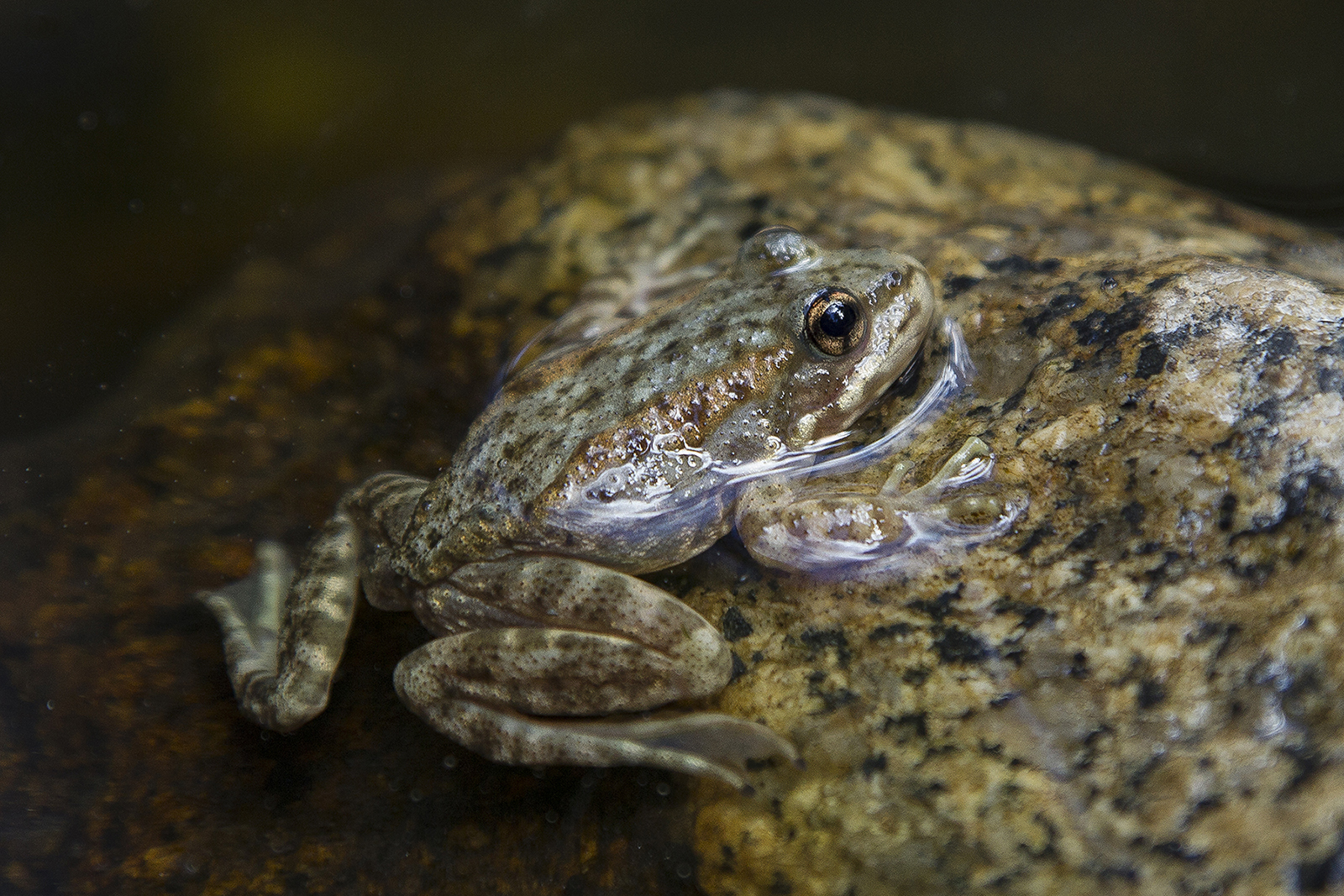
* To better understand how Arctic sea ice dynamics are changing and address polar bear conservation challenges, SDZG has a new collaboration with Northrop Grumman Corporation to develop and deploy state-of-the-art drones to acquire vital information on wild polar bears and their changing habitat. Adding high tech innovations to wildlife conservation is an important tool in saving them.
* SDZG’s Plant Conservation Division is involved in the California Plant Rescue project and has been busy helping to preserve many local plant species. This year, they have conserved seeds for long-term storage and research from more than 30 of San Diego’s rare plant populations.
* Our Genetics Division is assisting endangered avian species recovery programs in several different ways, including using eggshells to tease out DNA sex determination. This is important information for managing captive breeding populations, like the ‘alala.
* The San Diego Zoo entomology department has achieved a crucial milestone for the Lord Howe Island stick insect breeding program: more than 500 eggs have been laid since September. This is the first time this critically endangered insect has laid eggs at a facility in North America.
All in all, we have much to be thankful for in our conservation achievements and we have a great deal of work ahead of us. Looking at the big picture is important, but so too is keeping our own small, personal gardens nurtured and thriving. Take the time to walk in the woods, reflect on a sunset, dip your toes in the sea, and marvel at the world around us. It’s what we’re fighting for. Still.

